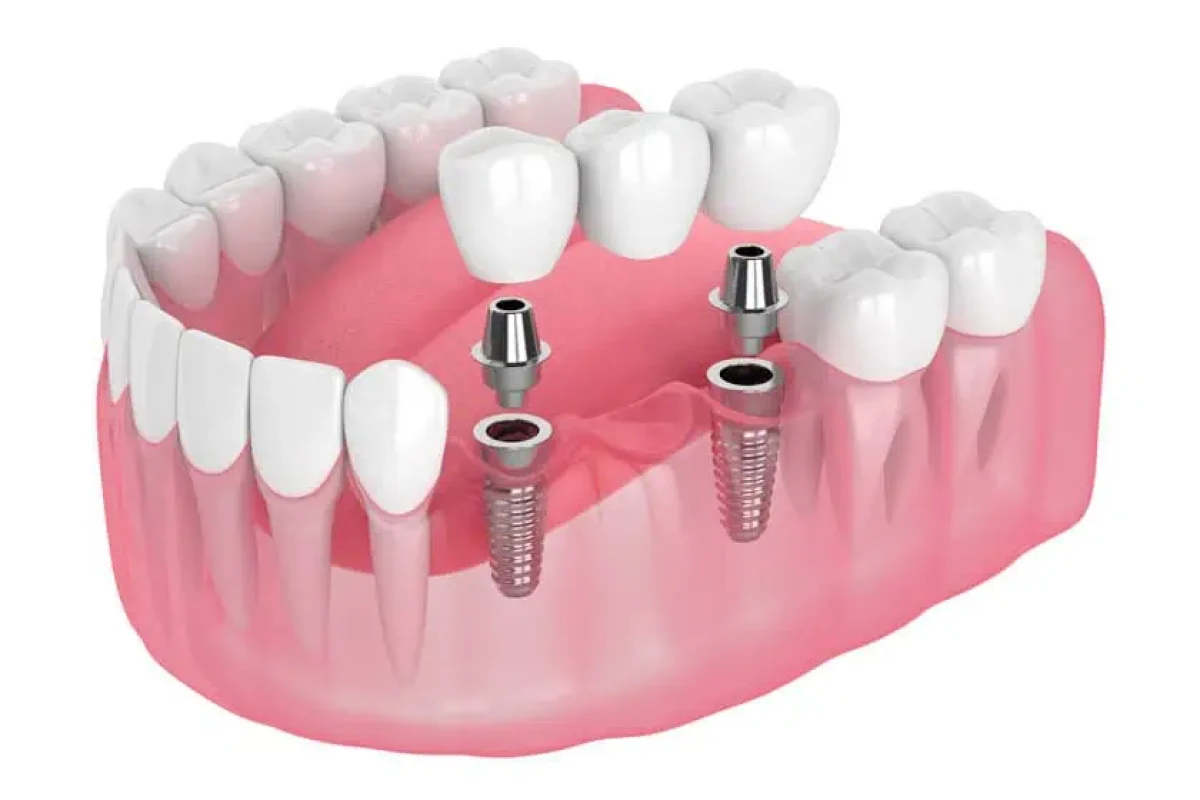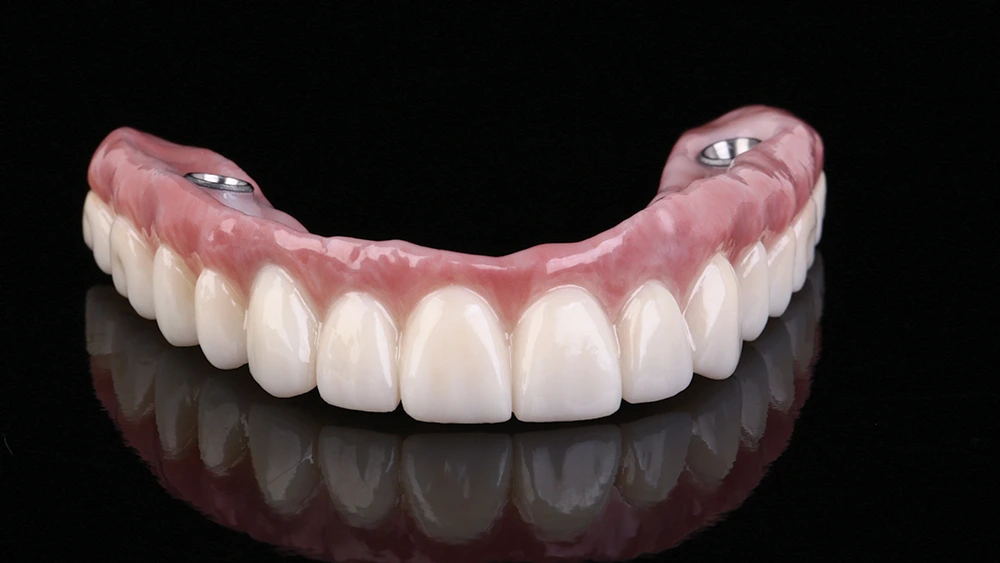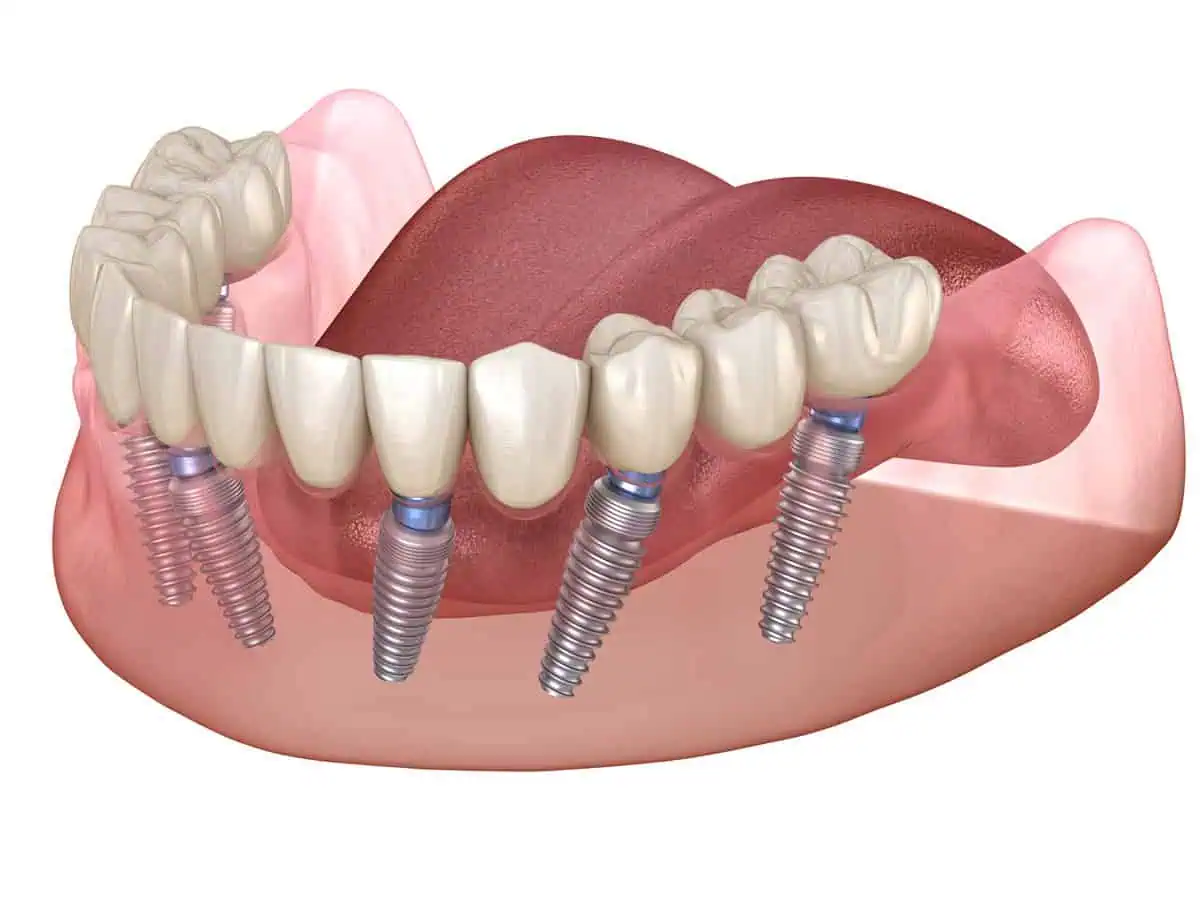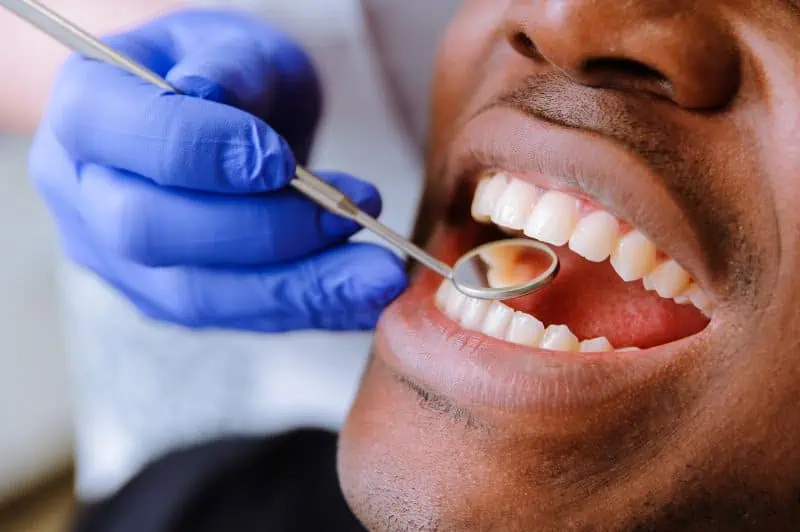Table of Contents
Dental implants can significantly improve oral health and overall quality of life, yet many remain uncertain. At Gordon Dental Implants and Cosmetics, we believe that clear, accurate information empowers patients to make decisions that align with their unique needs. This guide will provide an in-depth look at dental implants, including details on same-day dental implants, mini-dental implants, full-mouth dental implants, and bone grafting for dental implants. Whether seeking a single replacement tooth or comprehensive treatment, this resource outlines the essential facts, addresses common concerns, and highlights what to expect during each step.
The following sections aim to present valuable information for anyone considering dental implants in Leawood, KS. We will describe how these restorations function, discuss possible solutions for varying dental conditions, and explain how bone grafting supports long-term stability. Discover the various ways dental implants can improve appearance, comfort, and oral health with this guide. Our team is prepared to assist you with personalized options and professional care at every stage of your treatment.
What Are Dental Implants?
Dental implants are artificial tooth roots designed to support replacement teeth. They act like natural roots by fusing with the jawbone over time, offering a stable foundation for crowns, bridges, or dentures. Implants are commonly made from biocompatible materials, which means they are generally well-accepted by the body and have a lower risk of complications.
Many people are drawn to implants for their durability and the natural feel they provide. Implants can last for many years when placed correctly and cared for properly, making them popular for individuals seeking a long-term solution for missing or severely damaged teeth. If you are dealing with discomfort from loose dentures or are missing multiple teeth, dental implants can significantly improve your day-to-day activities, including eating and speaking, with greater ease.
Key Types of Dental Implants
Dental implants come in different forms, and each serves a particular need. You can discuss these options with your dentist to see which aligns best with your health situation and goals. Below are the main types you might encounter:
Same-Day Dental Implants
Same-day dental implants aim to reduce the overall treatment time. Sometimes, right after the implant is placed, a temporary crown can be attached. This approach may help you leave the dental office with a functional tooth. However, the eligibility for same-day dental implants depends on factors like bone density, overall oral health, and any ongoing conditions. A consultation is the best way to decide if this is the right fit for you.
Mini-Dental Implants
Mini-dental implants are smaller versions of traditional implants. They can be a choice for individuals with less bone structure or needing a less invasive procedure. Despite being smaller, mini dental implants can still provide a stable base for certain restorations. They are often used to secure lower dentures or replace smaller teeth. Rather than larger implants, your dentist may recommend mini dental implants if you have lost significant bone density in your jaw.
Full-Mouth Dental Implants
Full-mouth dental implants can benefit patients with multiple missing teeth or significant dental damage. Rather than replacing each missing tooth individually, strategic implant placement can support an entire arch of replacement teeth. This option can help restore much of your original biting strength and enhance your appearance. Full-mouth dental implants often require several appointments to assess bone health, place the implants, and attach the final restorations. Although it may be a longer process, many appreciate the reliable fit and added confidence.
Why Consider Dental Implants?
A key reason people choose dental implants is that they feel and work like natural teeth. Unlike dentures that may shift when eating or speaking, implants remain in place once fully integrated with the jawbone. This feature can increase comfort and support everyday tasks such as chewing and talking.
Another benefit is the positive impact on your jawbone. The underlying bone may gradually deteriorate when teeth are lost. The presence of an implant can stimulate the bone and help reduce the risk of further loss. Implants may also help preserve your facial structure by preventing the sunken appearance often linked to missing teeth. Additionally, they do not require special adhesives or removal for cleaning like traditional dentures do. You can maintain them by brushing, flossing, and regular checkups.
Bone Grafting for Dental Implants
Some patients need bone grafting for dental implants to ensure enough bone to support them. Bone grafting adds or encourages the growth of bone material in the jaw, increasing stability for the implant. Different grafting options exist, such as synthetic bone material or bone harvested from another body area. Your dentist will evaluate your jaw through imaging studies and an exam to decide if bone grafting is necessary. If it is, you will likely need a healing period before placing the implant. Although this adds additional time to the process, it can greatly improve the long-term success of your implants.
The Dental Implant Process at Gordon Dental Implants and Cosmetics
When you visit Gordon Dental Implants and Cosmetics for dental implants in Leawood, KS, you will begin with an evaluation to discuss your concerns and goals. To check the structure of your jaw, your dentist will perform a comprehensive examination and order imaging tests like CT scans or X-rays. A customized treatment plan is created once you are confirmed as a suitable candidate.
The process typically starts with placing the implant post. A healing period is often needed before the final crown or denture is attached. The jawbone fuses with the implant during this time, forming a strong base. If you are qualified for same-day dental implants, your dentist may attach a temporary tooth the same day the implant is placed. For others, a second appointment is scheduled to place the final restoration. This methodical approach ensures long-term stability, comfort, and visual appeal.
Our team values open communication. We welcome your questions and make sure you are comfortable at every step. We guide you through pre-and post-procedure care so you know how to keep the surgical area clean and what to expect during recovery.
Conclusion
Dental implants offer a practical and reliable way to address missing teeth. They can enhance speaking and chewing and help maintain a healthy jawbone structure. Whether you are curious about same-day dental implants, mini dental implants, or full-mouth dental implants, it is important to explore all the details. Bone grafting for dental implants might also be useful for your treatment strategy if you have low bone density.
At Gordon Dental Implants and Cosmetics, we aim to help you maintain a healthy smile. We have experience working with different implant types and can answer questions about costs, timelines, and aftercare. To learn more, contact us to schedule a dental implant evaluation.
We look forward to assisting you with dental implants in Leawood, KS, and discussing options that meet your unique needs. Your oral health matters, and we are here to support you every step of the way.





